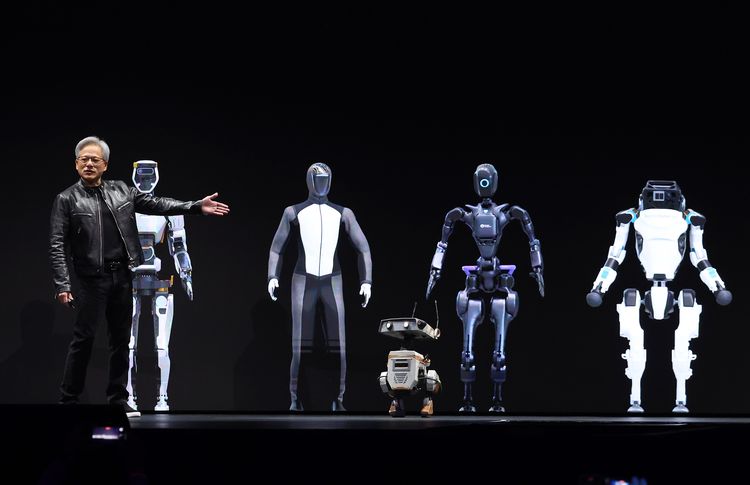
Nvidia CEO Jensen Huang delivers the keynote presentation at the company’s GPU Technology Conference.
Justin Sullivan / Getty Images
AInsights: Executive-level insights on the latest in generative AI…subscribe here.
Nvidia accelerates its foray into the future of AI and robotics at its annual GTC event.
Nvidia made a series of important announcement at its annual GPU Technology Conference recently. This isn’t a news site, so I’ll just cover what was announced and why it’s important to you. I’ll share the news, followed by my AInsights…
1. Nvidia introduced Blackwell and Grace Blackwell Superchip the “world’s most powerful chips” according to the company. he Blackwell chips represent a significant leap in AI performance and energy efficiency, which will benefit businesses looking to adopt and scale AI across their operations. The cloud availability and software partnerships also make the technology more accessible and easier to implement.
1.5 Intel announced its new AI chip is hitting the market. The company’s new AI chips, including the Gaudi3 and the Core Ultra chips with Neural Processing Units (NPUs), are aimed at competing directly with Nvidia’s industry-leading AI accelerators like the H100 chip. Intel will serve manufacturers including Dell, HP Enterprise, Lenovo, and Super Micro Computer.
AInsights
Increased AI performance: The Blackwell chips offer significantly more processing power for AI applications.
Improved energy efficiency: Nvidia emphasized the Blackwell chip’s improved energy efficiency, stating that training large AI models with 2,000 Blackwell chips would use 4 megawatts of power, compared to 15 megawatts for 8,000 older GPUs. This is important as businesses become more concerned about the carbon footprint and energy costs of running AI workloads.
Availability through cloud providers: Major cloud providers like Amazon, Google, Microsoft, and Oracle will offer access to Nvidia’s new GB200 server featuring 72 Blackwell chips. This will make the advanced AI capabilities more accessible to businesses of all sizes.
When it comes to Intel, Nvidia still maintains a significant lead in the AI accelerator market, with an estimated 80% market share. Intel, and also AMD, will need to demonstrate clear performance and efficiency advantages to convince customers to switch away from Nvidia’s established ecosystem.
2. Nvidia announced that it is bringing its Omniverse platform to Apple’s Vision Pro.
Nvidia Omniverse is an open, real-time platform for 3D design, collaboration, and simulation. It is designed to enable universal interoperability across different applications and vendors, allowing for efficient real-time scene updates.
The platform now enables the development of 3D workflows and applications, to the new Apple Vision Pro virtual reality headset.
AInsights
Nvidia’s Omniverse provides a ready platform for businesses (and developers) to integrate their 3D content and applications into the Vision Pro ecosystem.
Specifically, the Omniverse platform allows businesses to stream advanced 3D experiences to the Vision Pro headset, by enabling them to easily send their industrial 3D scenes and content to Nvidia’s graphics-ready data centers. This makes it more seamless for businesses to leverage the Vision Pro for industrial and enterprise applications.
Additionally, the integration of Microsoft 365 productivity apps like OneDrive, SharePoint and Teams into the Omniverse-powered Vision Pro experiences provides businesses a familiar and integrated way to collaborate in virtual/mixed reality.
3. Nvidia introduced “Project GR00T,” a foundation model for humanoid robots, representing the next wave of AI and robotics.
Nvidia aims to power an intelligent breed of robots with GR00T (Generalist Robot 00 Technology) to “understand natural language and emulate movements by observing human actions.”
Nvidia also unveiled “Jetson Thor,” a new computer for humanoid robots that includes GenAI capabilities as part of its AI-powered robotics initiative.
AInsights
Project GR00T is Nvidia’s foundation model for humanoid robots, designed to enhance their understanding, coordination, dexterity, and adaptability. The Jetson Thor platform, powered by Nvidia’s Blackwell GPU architecture, provides the necessary computational power to enable these advanced robotics capabilities.
GR00T is designed to enhance understanding, coordination, dexterity, and adaptability.
It aims to foster more seamless and intuitive collaboration between humans and robots in various business applications.
We’re already off to the robotics races, making humanoid coworkers a nearer term reality than ever before.
Figure, an AI company developing humanoid robots, recently raised a $675 million Series B funding round at a $2.6 billion valuation. Investors include Microsoft, OpenAI, Nvidia, and Jeff Bezos.
“Our vision at Figure is to bring humanoid robots into commercial operations as soon as possible,” Brett Adcock, founder and CEO of Figure, said in a statement. The 21-month-old company has a goal to develop humanoids that “can eliminate the need for unsafe and undesirable jobs.”
Figure 01 is powered by OpenAI. It can hear and speak naturally, understand commands, plan, and carry out physical actions.
Meet Figure 01, a humanoid robot powered by @OpenAI. It can hear and speak naturally, understand commands, plan, and carry out physical actions.
The company recently closed a $675 million at a $2.6 billion valuation. Investors include Microsoft, OpenAI, Nvidia, and Jeff Bezos.… pic.twitter.com/3Jv9BXuDhd
— Brian Solis (@briansolis) April 14, 2024
Tesla has also unveiled a prototype of its humanoid robot called Optimus, which can perform basic tasks like folding a shirt.
Optimus is envisioned by Musk to automate mundane or dangerous tasks.
Please subscribe to AInsights.
Please subscribe to my master newsletter, a Quantum of Solis.

Brian Solis | Author, Keynote Speaker, Futurist
Brian Solis is world-renowned digital analyst, anthropologist and futurist. He is also a sought-after keynote speaker and an 8x best-selling author. In his new book, Lifescale: How to live a more creative, productive and happy life, Brian tackles the struggles of living in a world rife with constant digital distractions. His previous books, X: The Experience When Business Meets Design and What’s the Future of Business explore the future of customer and user experience design and modernizing customer engagement in the four moments of truth.
Invite him to speak at your next event or bring him in to your organization to inspire colleagues, executives and boards of directors.
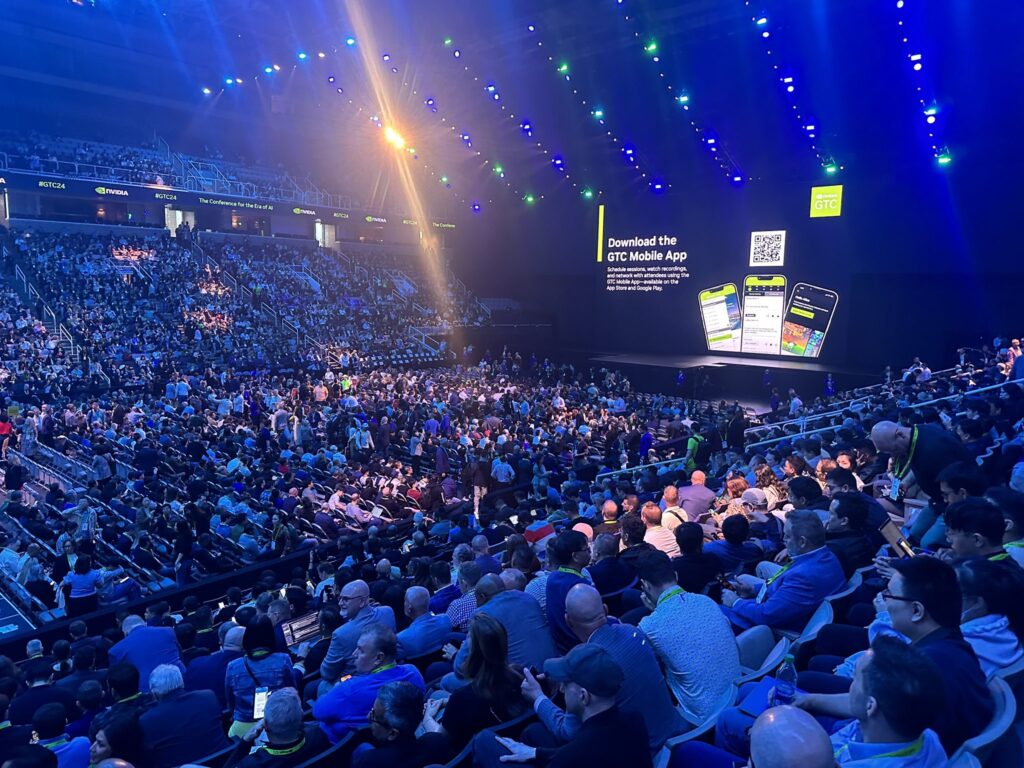
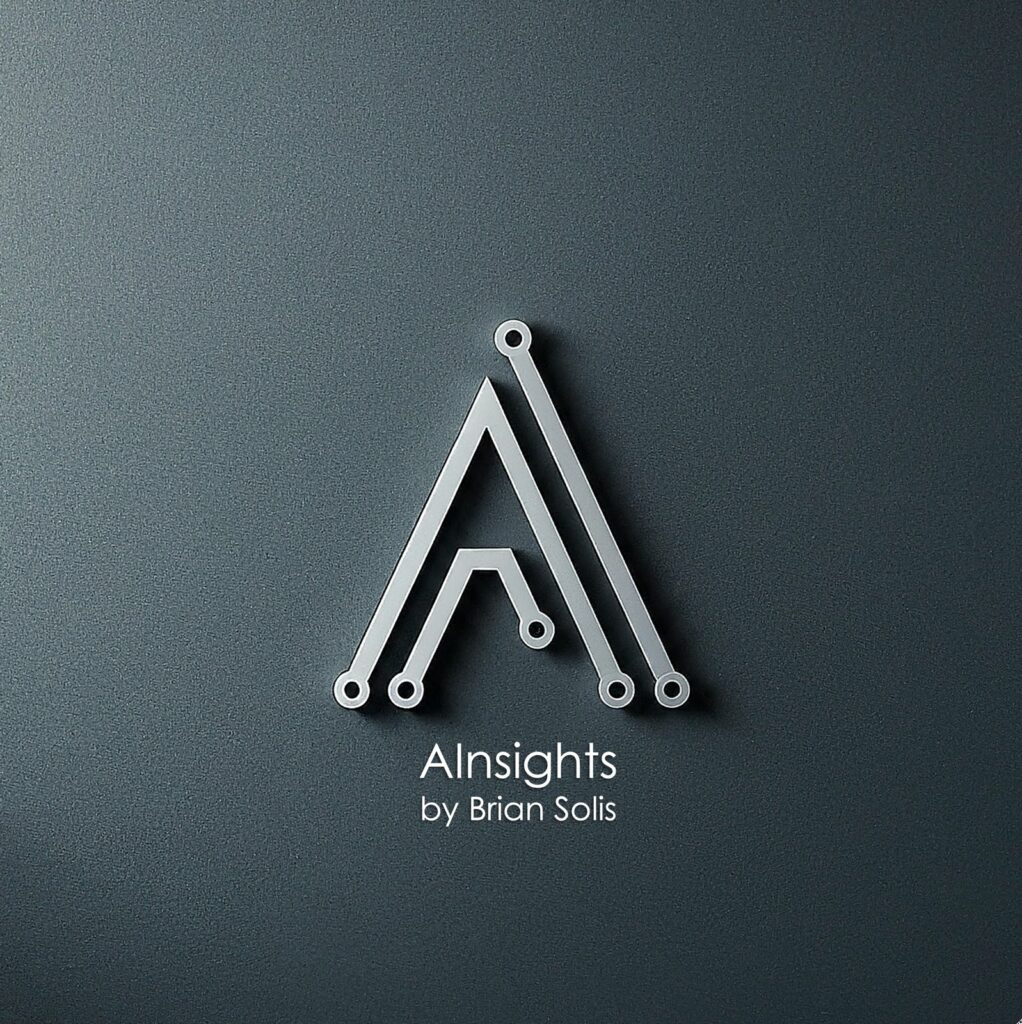
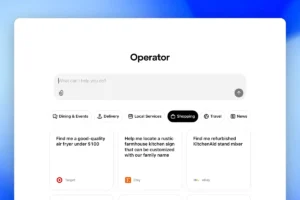
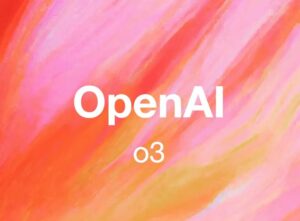



Leave a Reply